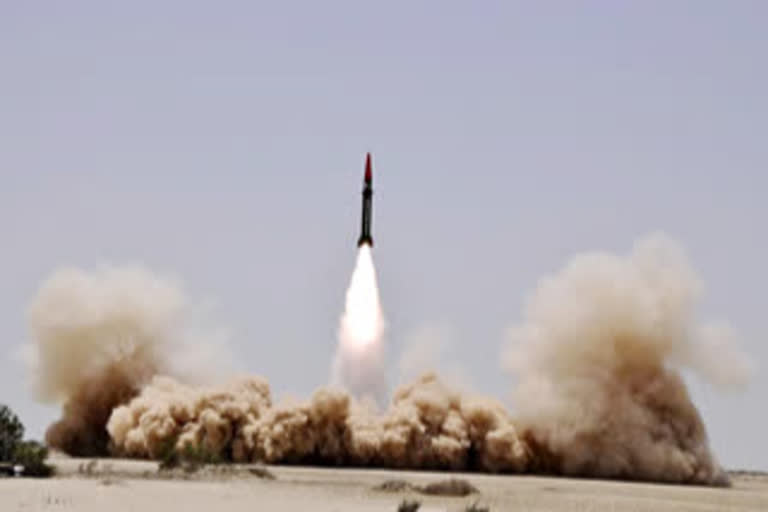New Delhi: India, Pakistan and China have increased their numbers of nuclear weapons in 2020, bucking a world trend that showed a slight decrease in the global nuclear stockpile, a just-released report from the leading global watchdog and think-tank on weapons trade SIPRI (Stockholm International Peace Research Institute) has summarized.
According to the report, India has increased its nuclear stockpile from 150 in 2020 to 156 in January 2021 while China upped its number from 320 to 350 and Pakistan from 160 to 165 in the corresponding period. Together, these three countries have therefore added about 41 more nuclear weapons last year.
Also read: Biden at NATO: Ready to talk China, Russia and soothe allies
The development in the South Asia region is considered significant as it is understood to be a potential flashpoint particularly in the backdrop of a tense and belligerent relationship between India on one hand and China-Pakistan on the other.
Guns have been silent on the Line of Control (LoC)—the de facto border between India and Pakistan with both sides observing a border ceasefire since February 24, 2021. While there were 299 ceasefire violations (CFVs) on the LoC till January 28, in 2020 there were 5,133 CFVs, preceded by 3,168 in 2019, and 1,629 in 2018.
On the other hand, since April-May 2021, the Indian and the Chinese armies have engaged in a few brawls on the Line of Actual Control (LAC) leading to an ongoing standoff that continues to engage about 1,00,000 troops on both sides of the border along with considerable war-like equipment.
Also read: India-China clashes at Galwan valley: A timeline of key events
What is of concern here is that China is reportedly pursuing a policy of modernization and augmentation of its overall military including its nuclear forces. This effort has the possibility of fuelling a nuclear weapons race in the region.
Despite the overall decrease in the global arsenal, the number of nuclear weapons currently deployed with operational forces—which means they were kept in a state of high operational alert—increased to 3,825, from 3,720 last year with US and Russia accounting for most with both these countries estimated to have had around 50 more nuclear warheads in operational deployment at the start of 2021 than a year earlier.
Already, the US has the highest deployment of nuclear weapons with 1,800 warheads followed closely by Russia with 1,625.
Nine nuclear-armed states—the US, Russia, UK, France, China, India, Pakistan, Israel and North Korea—are together believed to possess about 13,080 nuclear weapons at the start of 2021 as against 13,400 at the beginning of 2020.



